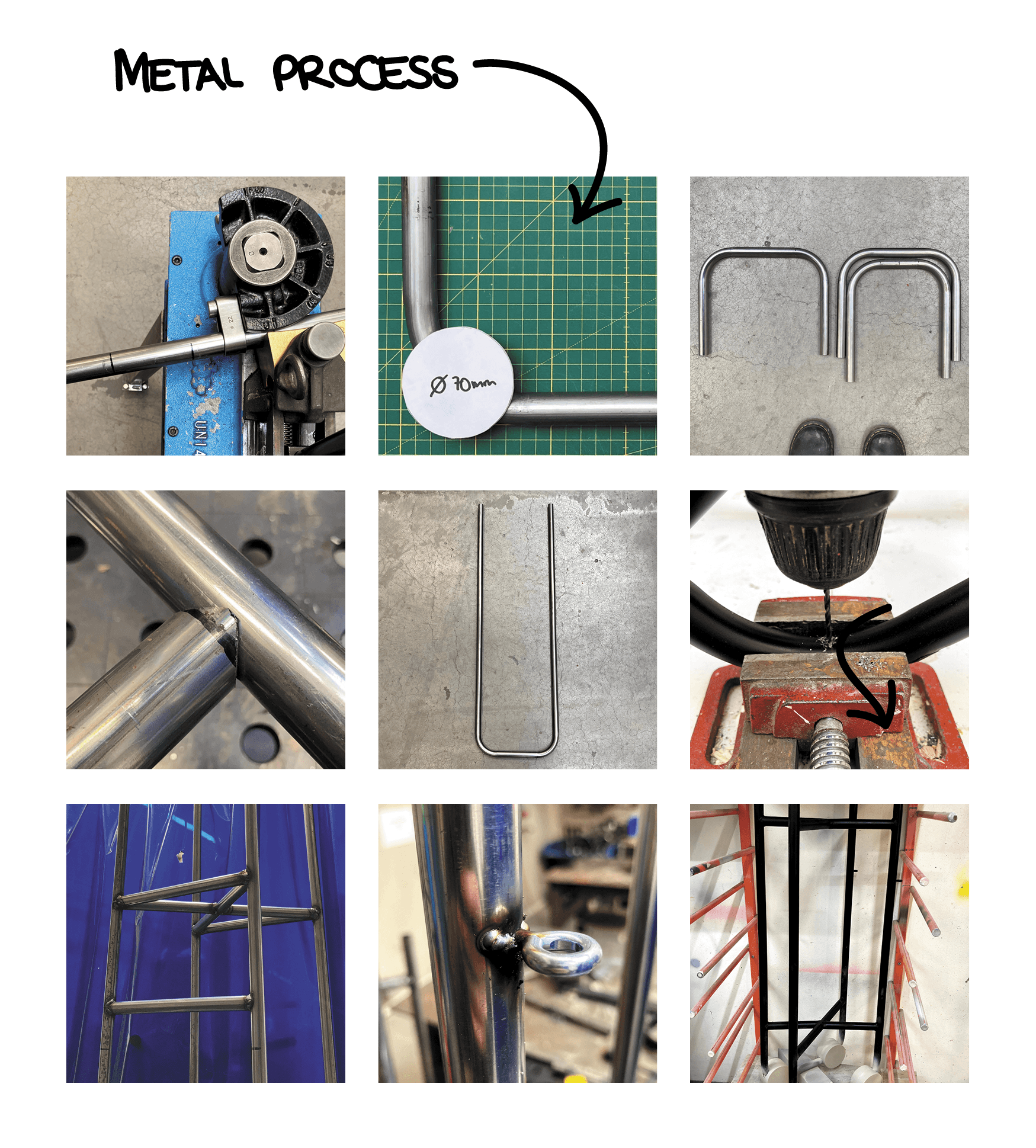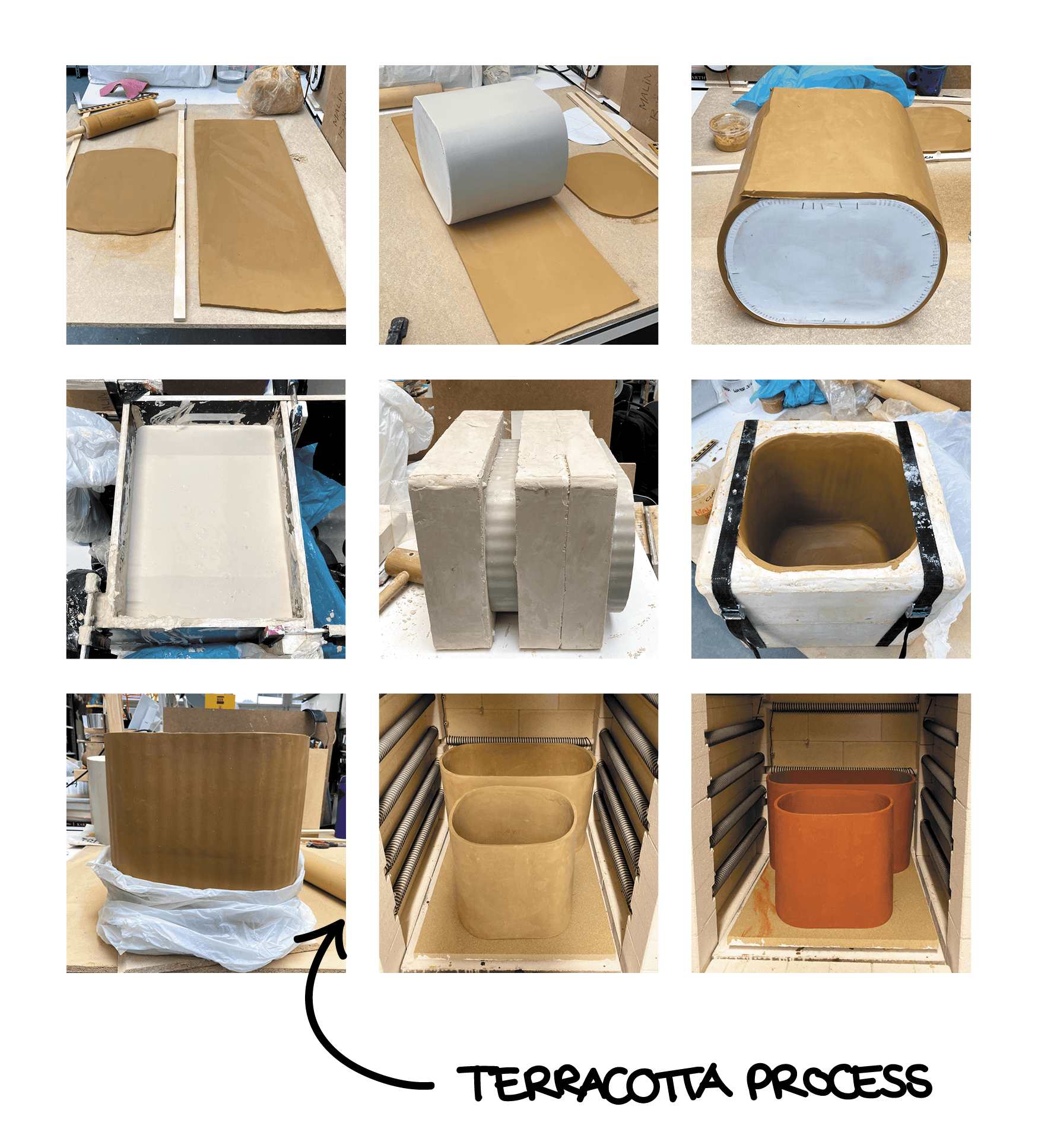tessels
MA Degree Project at Konstfack University
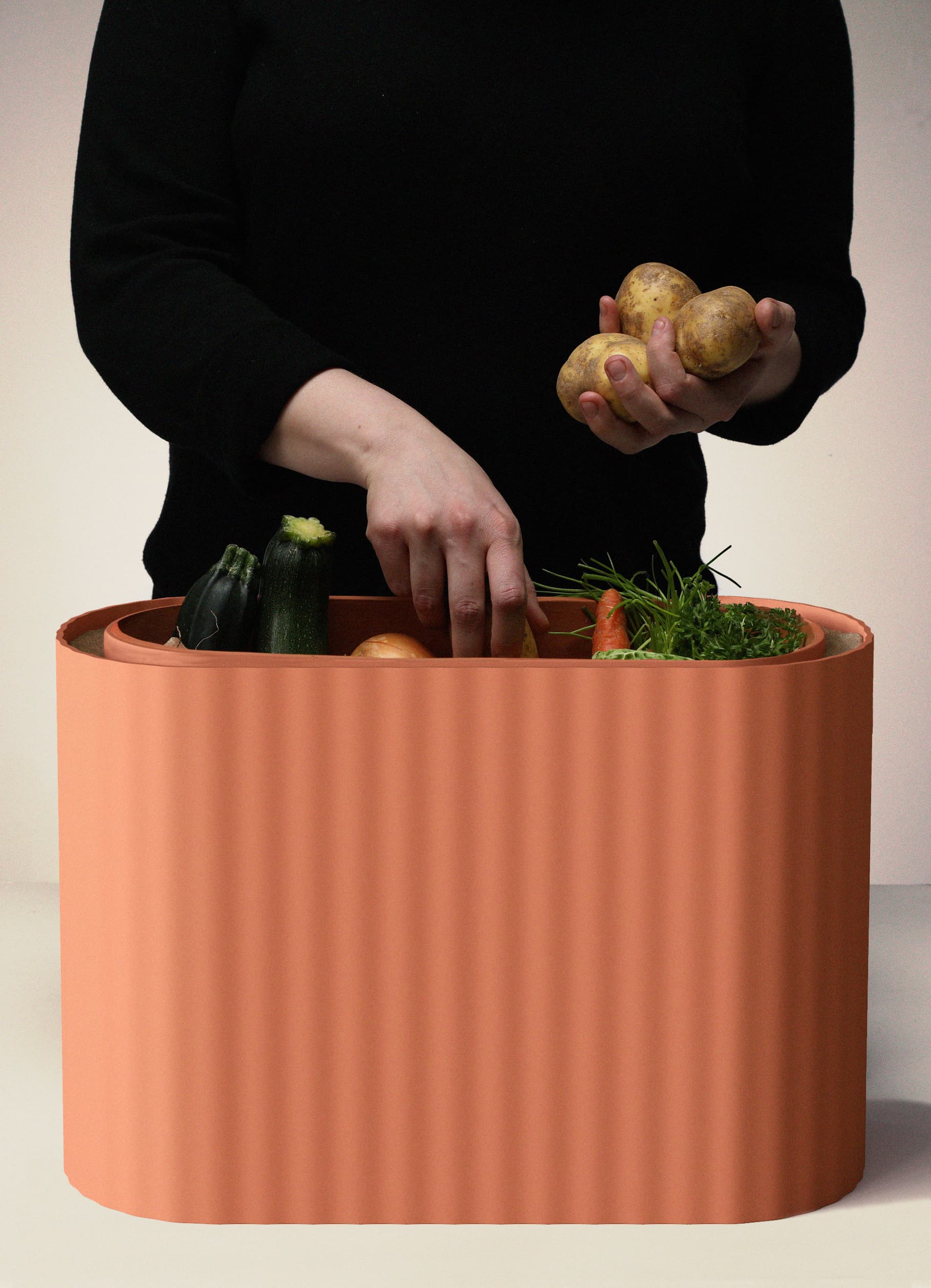
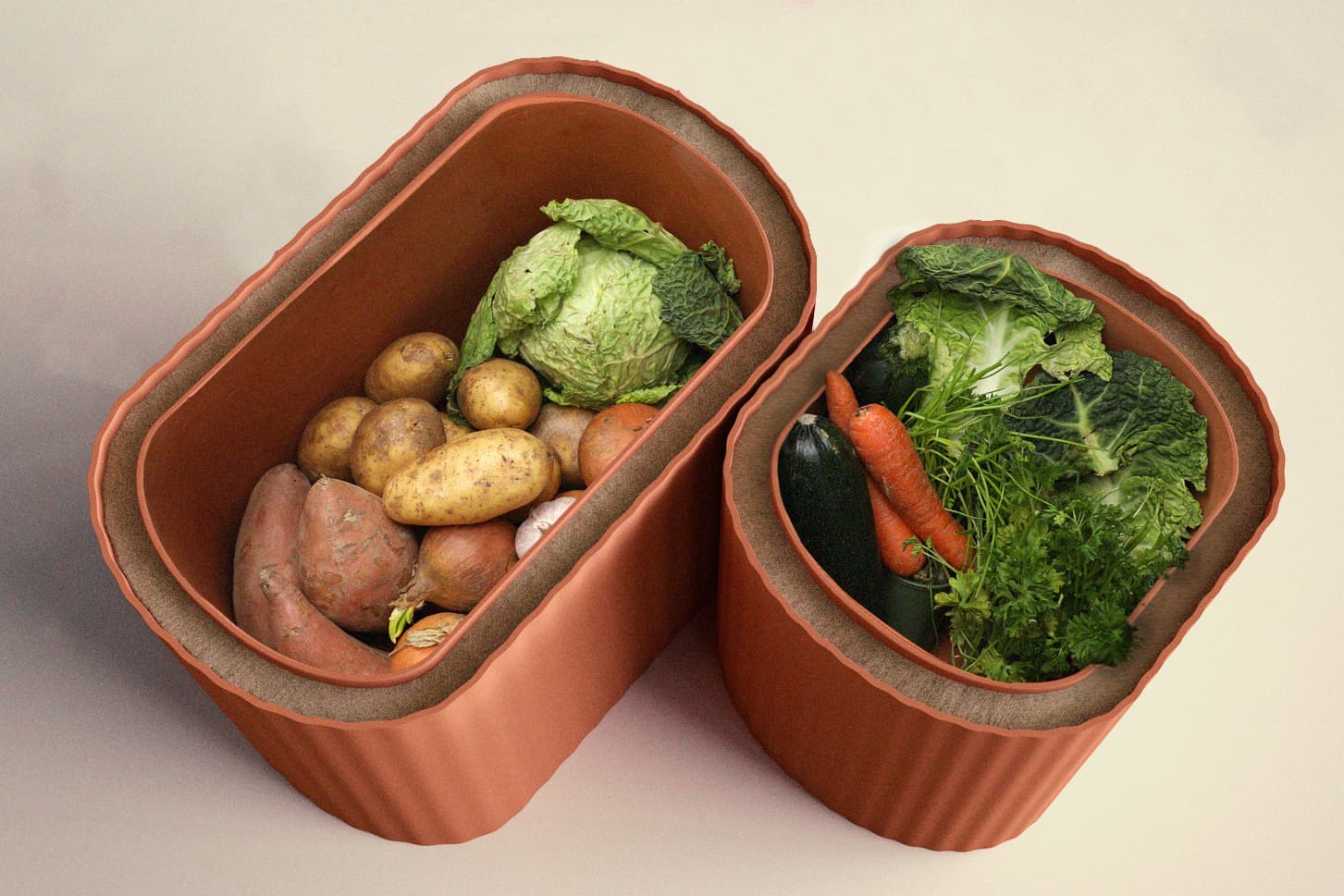
“The food sector accounts for around 30% of the world’s total energy consumption and each year, an estimated 1/3 of all food produced ends up in our bins”*
This leads to the research question: Can we minimise food waste and energy use in our homes by changing the way we store food?!
Food is something we all have a relationship with and many of us in the western world have it in excess. We take it for granted to the extent that we have lost the respect for the time and energy it took to produce, harvest, ship and bring our homes. A way to work with the challenges is to attack the problem from a design perspective. I wish to contribute by relieving stress on the ecosystem by decreasing our demand on food by taking care and using what we already have.
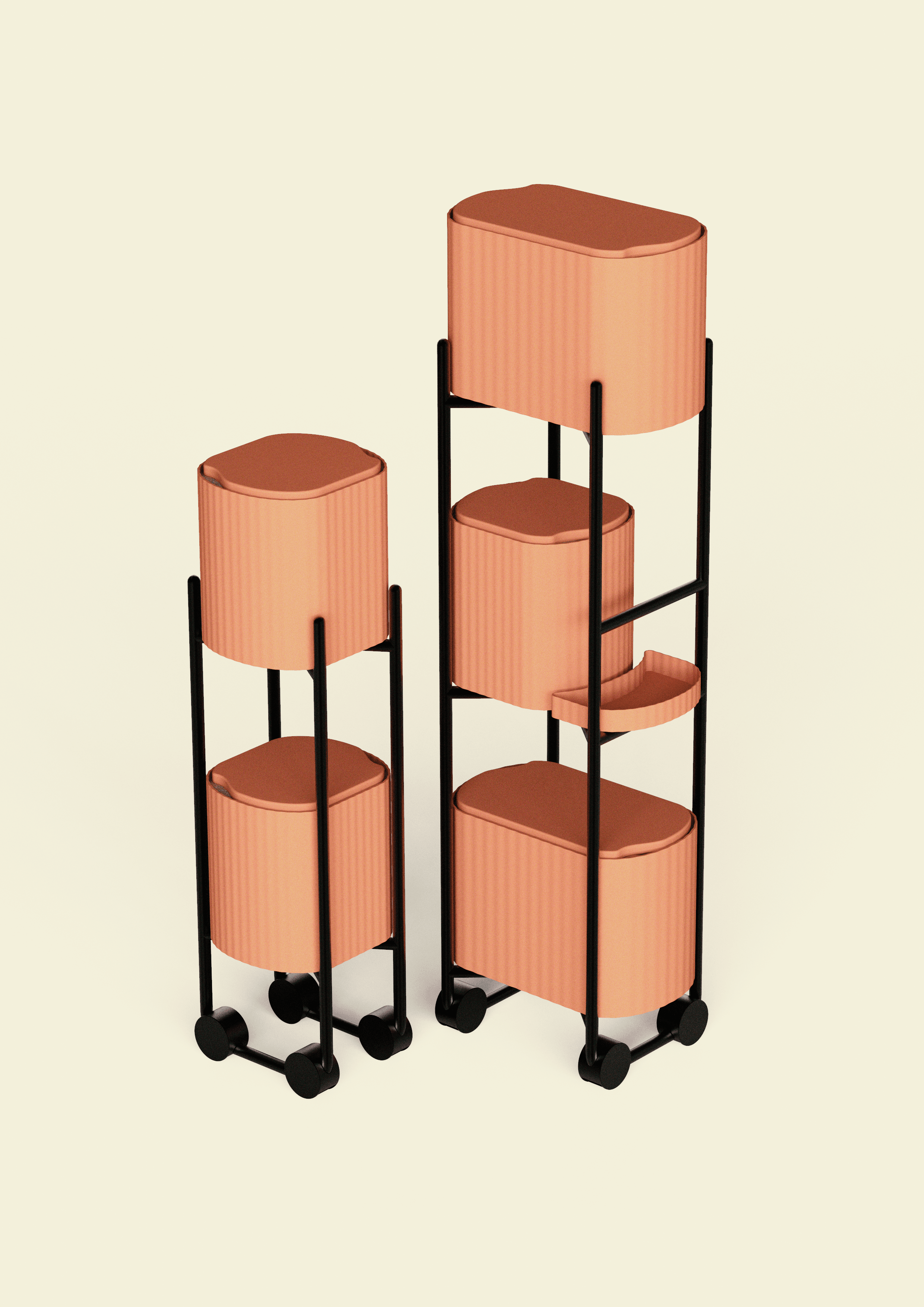
The technique of evaporative cooling is the basis of the cooling system used in my design. Evaporative cooling is when water evaporates from a surface with the help of air passing over the surface. When the water evaporates it draws energy from its surroundings creating a cooling effect on the surface and its inside. This works where there are two porous material vessels, one big and one smaller, with sand between the two that is watered. The water will evaporate from the sand, through the outer vessel and make the inner vessel cold. Tessels consists of several terracotta vessels. The evaporative cooling works better on smaller vessels than bigger ones and it allows for food and produce to be divided by their compatibility as some food don’t match. The surface of the terracotta walls has a soft wavy texture. By adding waves to the surface, the surface area grows and with that does the evaporation too. The greater the evaporation, the greater the cooling effect.
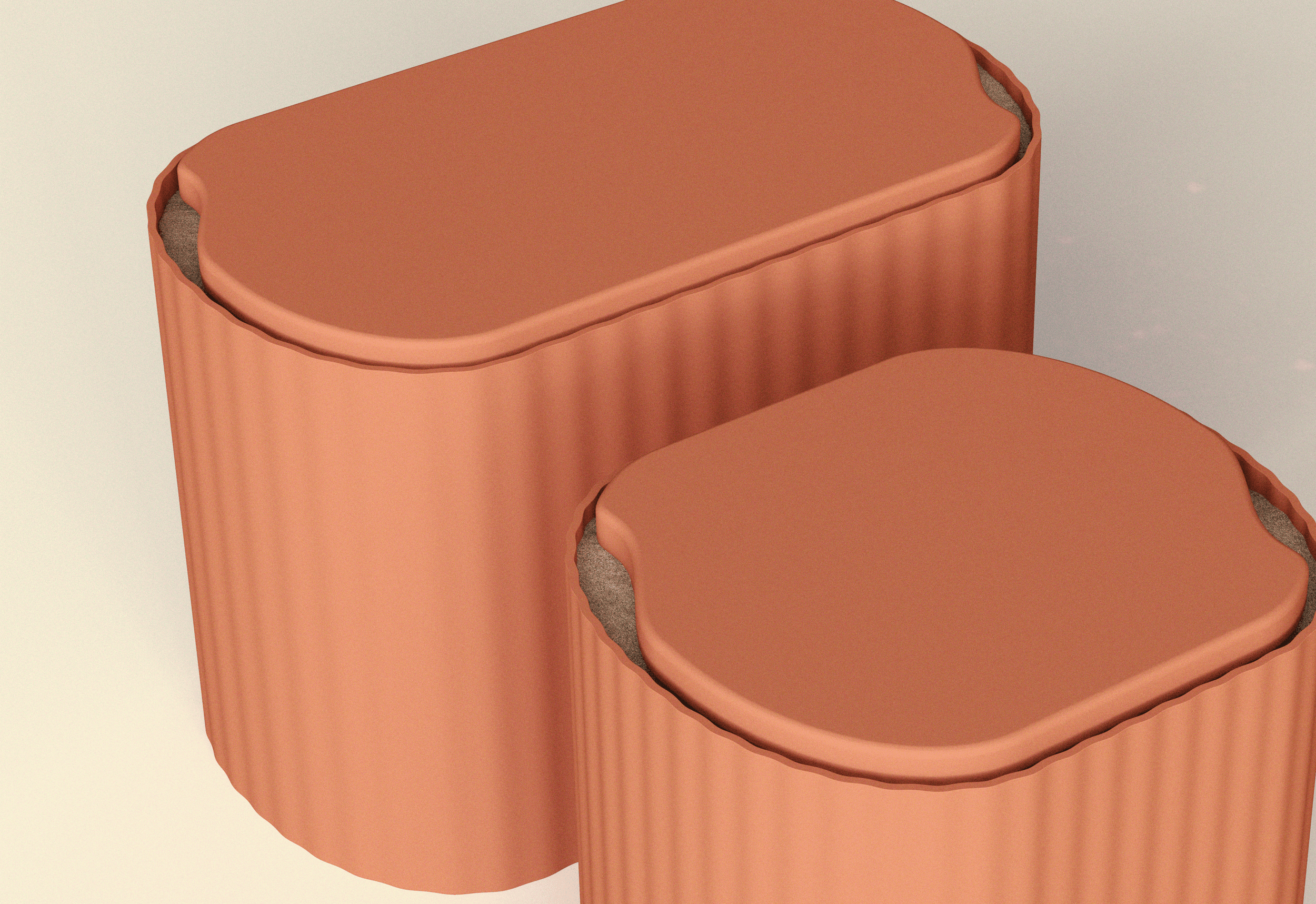
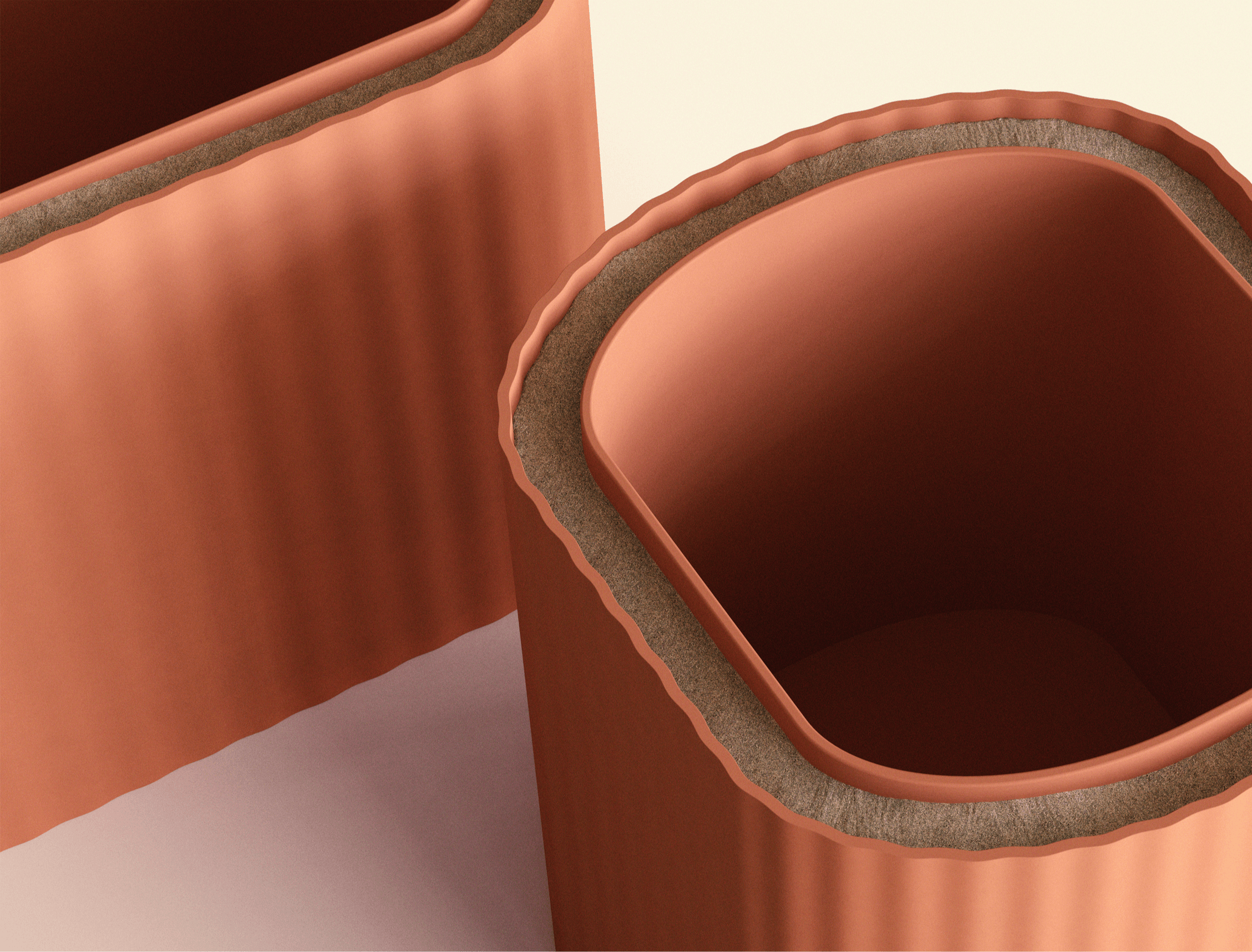
To gain a deeper understanding of what is actually going on in our homes and how we deal with food, I have reached out to users around me, both through questionnaires, probe-kits and testing models. The key learnings are that users do not store food correctly and we waste a considerable amount of food that could have been eaten. What I brought into my design is a storage solution allowing for consumers to more easily see what they have, creating a closer bond to the managing of food and allowing food to be separated by the foods compatibility. I wanted to find a modular system where it would be easier to scale your storage up or down depending on how much food you consume.
Changing the way we store food in our homes is also challenging the way our homes are arranged. Since the 1930s, the refrigerator has been the unquestionable main storage space for most of our fresh produce. Therefore, it has been essential for the design process to work physically in the space with mockups to understand volumes, what it does to a room, and potentials in form and placement. From the testing models with users I received some valuable insights. The watering of the sand should be made easier so watering can be done with the lid on to avoid water spilling into the food vessel.
* UN Global Goals, Goal 12: Ensure sustainable consumption and production patterns
